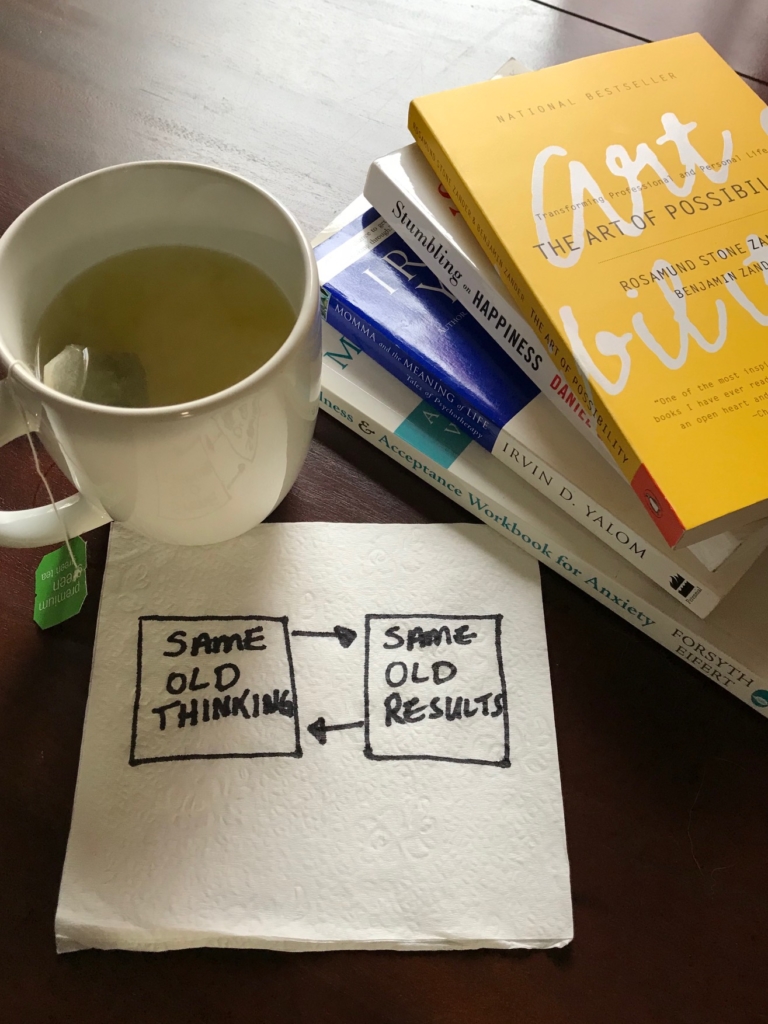Ah, a new year, a new you. It’s the promise of finding the right direction from the latest self-help bestseller. The allure of a fitter physique found in your gym’s new strength-training gear. The adrenaline rush as you hit the Sign me up! button for that online training course for busy people on the go.
We’ve all been there. And the majority of us have quit our New Year’s Resolutions once the novelty and excitement wears off. We shrug in resignation and realize once again, there is no silver bullet to a calmer mind, a sexier body, or a six-figure side hustle.
Our intentions were good, but our perception about reality was not so great. At least we’re not alone.
What science says about our ability to make lasting changes
According to a study from the University of Scranton, nearly 80 percent of resolvers kept their goals for one week. Follow-up research by the Journal of Clinical Psychology found 71 percent threw in the towel after the first two weeks.
Rather than fall into the same trap in 2018, and beyond, why not resolve to change your thinking instead?
As a psychotherapist, I can attest to the formidable struggles in changing mindset. Some would argue the psychological heavy lifting is as challenging as any CrossFit workout or 12-step recovery program. As I reflect on those clients who meet their counseling goals and get off the couch quicker, a handful of characteristics stand out.
Going from aspirations to game-changing results
First and foremost: An attitude of gratitude. They are thankful for what they have, rather than obsessively regretful about what they don’t. This tenet supports the bigger picture view and includes compassionate regard for others. A ‘we’re all in this together’ collective mindset. Is it really a problem that you gained back those five pounds when kids a few zip codes away are malnourished?
Another commonality is the realization that we’re never “there.” Whether the goal is improved mental health, better physical shape or more patience as a parent, it’s knowing there is no finish line. There will be good days, there will be bad days. How much pain can you tolerate? How much grace can you muster in the face of adversity?
wp themes sans-serif;">
Which is why setting realistic goals is key. Rather than put your ideal weight at minus 50 pounds, why not aim for 10 instead?
How will you measure your current baseline behaviors? If you find yourself “losing it” and yelling at your kids, spouse and dog daily, how will you know when you’re overreacting less? Is your goal to keep your cool 4 evenings per week or 10 times a month? Can you identify your antecedent stressors? Is it a lack of sleep, feeling overwhelmed, stressed at work, or all the above?
What are the small steps you can take today and every day to create a calmer, more measured and mindful you down the line?
Talk, talk, talk about it…
Lastly, and perhaps most importantly, who will you tell about your plan, your pain and what you want to do instead? A study by The Association for Training and Development (ATD) found that sharing your goals with another person was correlated with a 65% success rate. Not only is accountability a wonderful motivator, it implies humility and skin in the game. This could mean finding a 5:00 a.m. workout partner, confiding to your mom that you’ve relapsed and want to return to rehab, or going to therapy.
According to science, 60% of us will fail our resolutions by June. Let’s change that by thinking realistically, increasing our pain tolerance, tracking our progress and sharing our lives with others.
For additional resources on the power of positive thinking, read here.
(A version of this article appeared on Psychology Today).
*****
Happy 2018 and beyond!
Yours in healthy, realistic thoughts,
—Linda Esposito









